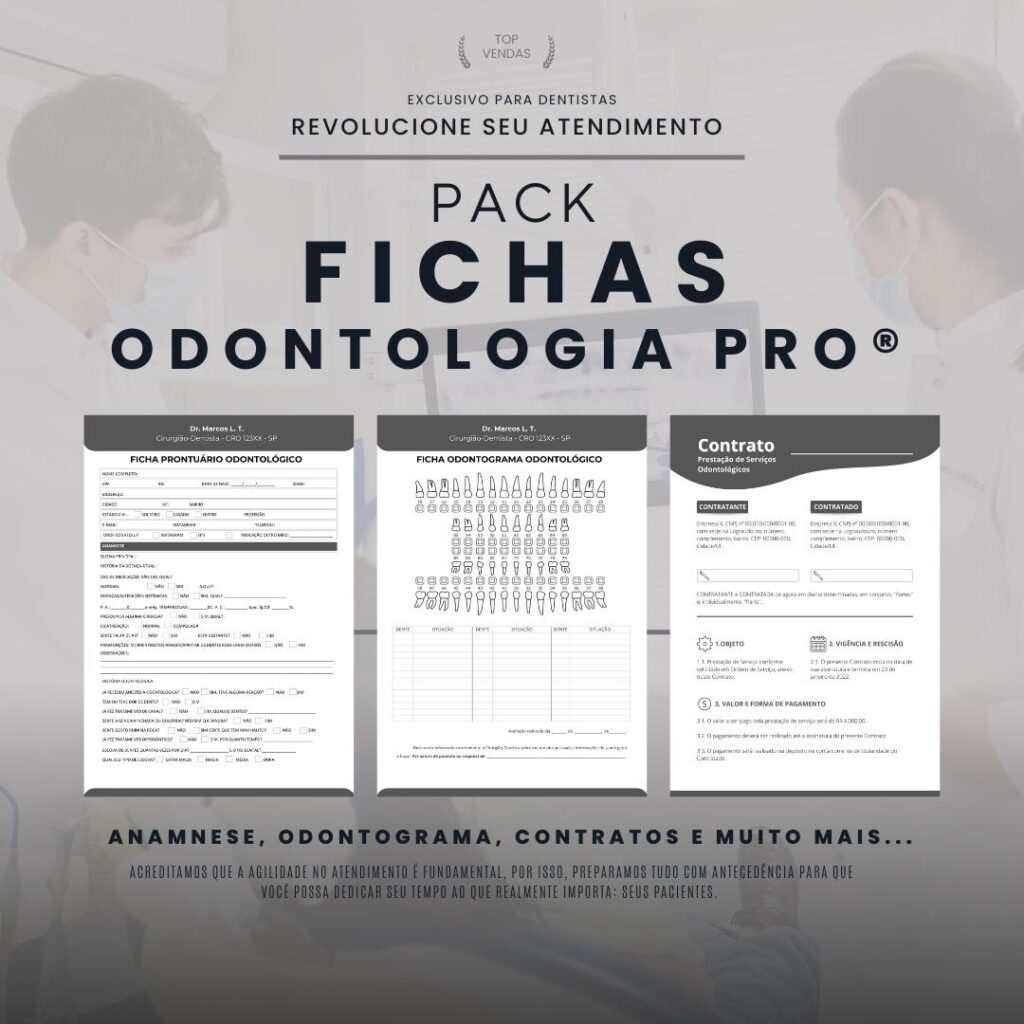CAD/CAM technology in dentistry has revolutionized the way dental procedures are performed, providing greater precision, efficiency and quality. The integration of computer-aided design (CAD) and computer-aided manufacturing (CAM) has significantly impacted dental practice, offering new possibilities for digital restorations and more efficient workflows.
In this article, we will explore how CAD/CAM technology has transformed dentistry, highlighting the role of the Medit system in enhancing this digital flow. In addition, we will analyze the impact of this technology on the efficiency and quality of procedures, providing practical examples of digital restorations and their integration with specialized laboratories.


CAD/CAM Technology Overview
Computer-Aided Design/Computer-Aided Manufacturing (CAD/CAM) technology has revolutionized the way dental professionals design and produce dental restorations. It combines computer-aided design software with computer-aided manufacturing hardware, enabling the creation of precise, customized restorations efficiently and effectively.
With CAD/CAM, professionals can digitally scan a patient’s mouth, design the restoration on the computer, and then physically produce it using milling machines or 3D printers. This eliminates the need for traditional impressions and allows for the creation of high-quality restorations in a much shorter time.
The use of CAD/CAM technology in dentistry offers numerous advantages, including improved accuracy, reduced patient waiting times and the elimination of human error associated with traditional restoration fabrication methods.
Benefits of CAD/CAM Technology
- Precision: CAD/CAM technology enables the creation of highly accurate restorations, resulting in perfect fits and an improved patient experience.
- Efficiency: By eliminating the need for traditional impressions and enabling in-office production, CAD/CAM significantly reduces the time required to complete treatment.
- Customization: The ability to design and manufacture customized restorations according to the needs of each patient is one of the main advantages of CAD/CAM technology.
- Quality: Restorations produced with CAD/CAM are of high quality and durability, providing superior aesthetic and functional results.
In summary, CAD/CAM technology represents a significant advancement in modern dentistry, offering professionals the ability to provide high-quality, efficient, and customized dental restorations for their patients.


How Medit Enhances Digital Flow
Medit is a company that offers innovative solutions for digital dentistry, enhancing the workflow of professionals in the field.
Using Medit intraoral scanners, professionals can capture accurate images of patients’ oral cavities, eliminating the need for traditional impressions.
In addition, Medit offers advanced software for processing and designing restorations, allowing the creation of 3D digital models and more efficient treatment planning.
Medit scanners and software are designed to integrate seamlessly with CAD/CAM processes, facilitating the fabrication of high-precision, high-quality custom restorations.
With Medit, professionals can optimize the digital flow in their offices, offering patients faster, more accurate and comfortable treatments.
Furthermore, the integration of Medit systems with digital dental laboratories enables efficient communication and the production of highly aesthetic and functional restorations.


Impact on Efficiency and Quality
The use of CAD/CAM technology in the production process of dental restorations has a significant impact on the efficiency and quality of the results. The precision and speed provided by this approach have revolutionized dentistry, offering benefits to both professionals and patients.
Greater Accuracy
With CAD/CAM technology, professionals can create highly accurate restorations that fit perfectly with the patient’s tooth structure. This eliminates the need for frequent adjustments, ensuring a high-quality end result.
Error Reduction
Digitizing the process significantly reduces the occurrence of human errors, which are common in traditional methods. This results in more precise and durable restorations, contributing to patient satisfaction and professional work efficiency.
Process Agility
With CAD/CAM technology, the time required to produce restorations is significantly reduced. This allows patients to receive faster, more efficient treatments, while professionals are able to handle a greater number of cases in a shorter period of time.
Customization of Restorations
The customization capabilities offered by CAD/CAM technology allow restorations to be precisely tailored to the individual needs of each patient, resulting in significantly increased quality and satisfaction.
In summary, the impact of CAD/CAM technology on the efficiency and quality of dental procedures is undeniable, providing superior results and greater satisfaction for both professionals and patients.


Examples of Digital Restorations
CAD/CAM technology enables the creation of precise and aesthetically pleasing dental restorations. Below, we highlight some examples of digital restorations that demonstrate the effectiveness and versatility of this innovative process.
Dental Crowns
Dental crowns produced using CAD/CAM technology offer a precise fit and natural aesthetics. By digitizing impressions and computerized design, it is possible to create custom crowns that integrate perfectly with the patient's tooth structure.
Dental Veneers
Digitally manufactured dental veneers provide an aesthetic solution for patients looking to improve the appearance of their teeth. Using CAD/CAM, the veneers are designed to fit harmoniously onto the teeth, providing a more uniform and attractive smile.
Dental Prosthetics
Using CAD/CAM technology, dental prostheses are manufactured with high precision and durability. The materials used and the digital manufacturing process ensure perfect adaptation and optimized functionality for patients requiring oral rehabilitation.
- Dental crowns
- Dental veneers
- Dental prosthetics
These examples illustrate how digital restoration, through CAD/CAM technology, revolutionizes dentistry, providing personalized, high-quality solutions for patients.


Integration with Laboratories
Lab integration is an essential part of the digital workflow in dentistry. By utilizing CAD/CAM technology, professionals can digitally send patient case information to specialized labs. This enables more efficient and accurate communication, resulting in high-quality restorations and improved patient satisfaction.
With integration, laboratories receive digital data and use specialized software to design and manufacture restorations. This eliminates the need for traditional impressions and speeds up the production process, reducing the time needed to complete the work.
Furthermore, integration with laboratories allows for closer collaboration between professionals and laboratory technicians, resulting in a better understanding of the specific needs of each case and ensuring a final result that meets expectations.
Through integration with laboratories, professionals can offer their patients personalized, high-quality restorations, contributing to their satisfaction and loyalty.






